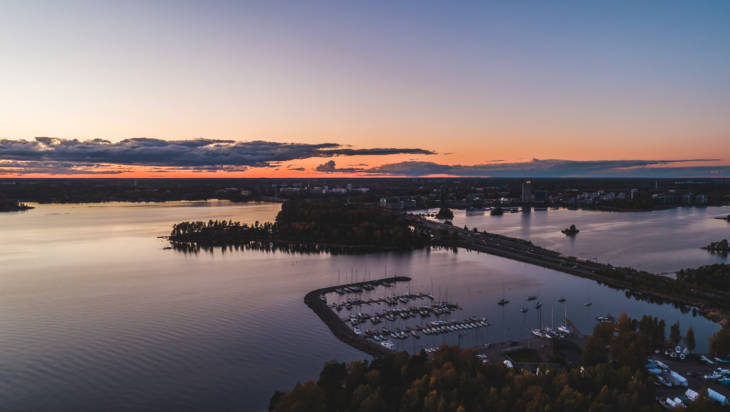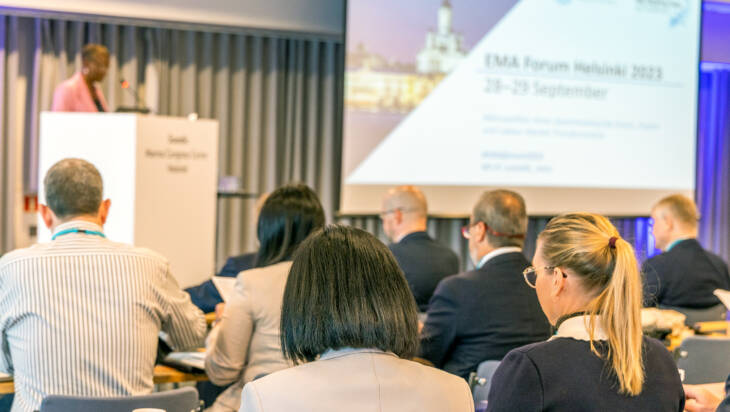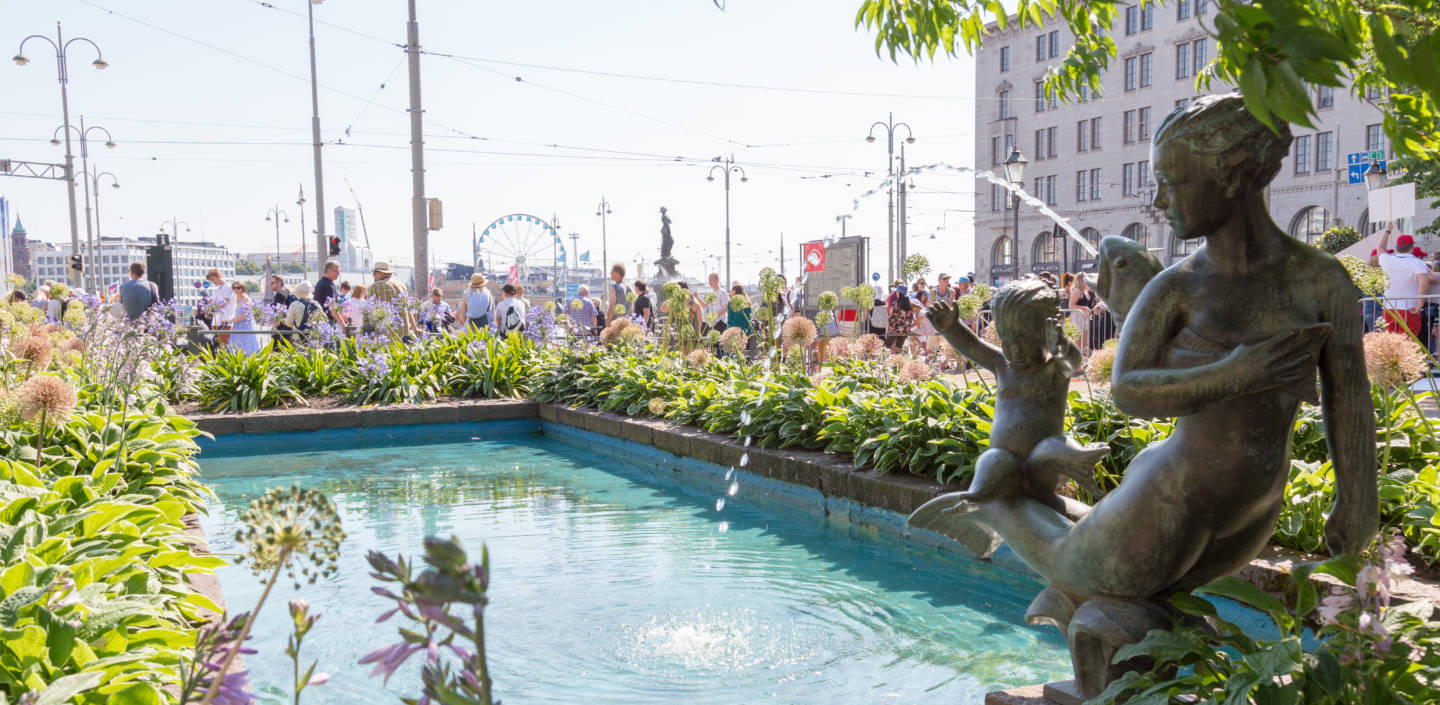
The Helsinki-Uusimaa Region is at the heart of Northern Europe, more precisely in the very south of Finland and it has some 230 km of Baltic Sea coastline. Although only covering three percent (9,440 km2) of our national land area, our Region is home to around 1.8 million inhabitants, which is about a third of the country’s total population.
Due to migration, our Helsinki-Uusimaa is one of the fastest growing regions in Europe. According to forecasts, there will be more than two million of us by 2060. With its 26 municipalities, including the capital city, our Region is undoubtedly the driver of Finland’s international competitiveness, research and development.
Our overall competitiveness in Helsinki-Uusimaa is based on our skills, networks and international partnerships, high technology and solutions that support green growth, wellbeing services, and both natural and urban environments that are second to none by global standards.
Our well-being is also based on our strong historical, social and cultural identity, making our Region an attractive area for international tourism. Nearly half of all travellers to Finland come to Helsinki-Uusimaa. Apart from the only metropolitan area in our nation, we have small towns, villages, sparsely settled rural areas and islands.
As a whole, Finland was named the world’s happiest country for the sixth year running in an annual UN-sponsored index in 2023.
Our member municipalities are Askola(You are transferring to another service), Espoo(You are transferring to another service), Hanko(You are transferring to another service), Helsinki(You are transferring to another service), Hyvinkää(You are transferring to another service), Ingå(You are transferring to another service), Järvenpää(You are transferring to another service), Karkkila(You are transferring to another service), Kauniainen(You are transferring to another service), Kerava(You are transferring to another service), Kirkkonummi(You are transferring to another service), Lapinjärvi(You are transferring to another service), Lohja(You are transferring to another service), Loviisa(You are transferring to another service), Myrskylä(You are transferring to another service), Mäntsälä(You are transferring to another service), Nurmijärvi(You are transferring to another service), Pornainen(You are transferring to another service), Porvoo(You are transferring to another service), Pukkila(You are transferring to another service), Raasepori(You are transferring to another service), Sipoo(You are transferring to another service), Siuntio(You are transferring to another service), Tuusula(You are transferring to another service), Vantaa(You are transferring to another service) and Vihti(You are transferring to another service).
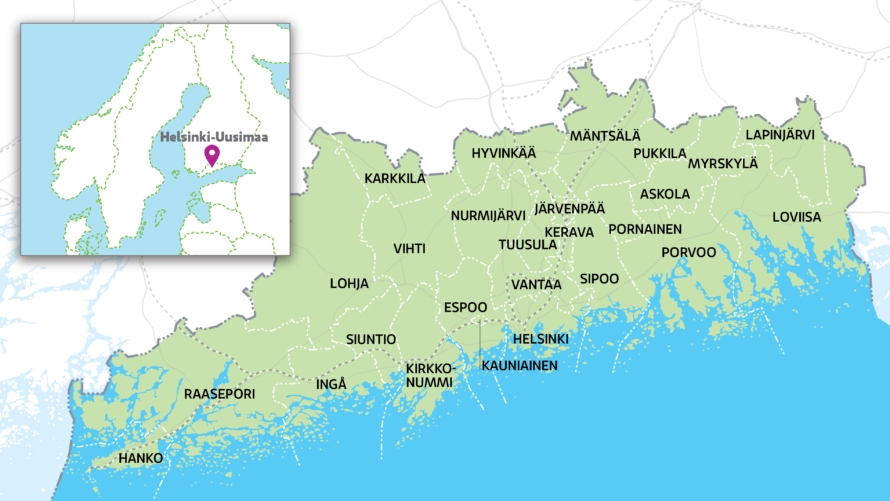 (Will be opened in a new window)
(Will be opened in a new window)Helsinki-Uusimaa is the second most innovative region in the EU
EU Regional Innovation Scoreboard 2023
Helsinki-Uusimaa is a Region of Knowledge and Innovations
Over the past two decades, our Region has developed into a dynamic knowledge hub and innovation centre; it has been especially commended for its creativity, due to investments in research and development, patents and the number of people employed in both the private and the public sector. Qualified people move here for work and young people for a high-standard education.
We are proud to have come second in the ranking of the fDi Intelligence’s Top 10 mid-sized European regions of the future 2022/23, based on our attractiveness to foreign direct investment. We had particularly high results in the category of economic potential, as well as in human capital and lifestyle.
With our forward-looking entrepreneurial vision, our Region was awarded with the European Entrepreneurial Region (EER) label 2022.
The Helsinki Smart Region Brand highlights our smart expertise. We bring together the actors from both the cities and the countryside for impactful research and innovation activities.
Our capital region hosts the headquarters of several major international companies, as well as the University of Helsinki, being the oldest, largest and highest-ranked in the nation and the Aalto University, its School of Science, performing best regarding the ‘Citation per Faculty’ indicator (impact of research) in 2021.
Watch a video about Helsinki-Uusimaa:
Helsinki-Uusimaa will be Well Ahead in 2030
Our regional vision 2030 is to be Well Ahead in the areas of climate change mitigation, economic competitiveness and well-being. We aim to develop our integrated Region for the good of Finland as a whole, by improving well-being regionally, nationally and internationally. Therefore, we also act as a globally influential pathfinder and a builder of opportunities on a global scale.
To reach this strategic objective, our Helsinki-Uusimaa Regional Council is creating conditions for wellbeing that includes less inequality, for economic development that makes us the most innovative region in the EU and an excellent environment for foreign investment, as well as for a safe and an attractive physical environment for our inhabitants.
We aim to be a climate neutral region by 2030.
Consequently, we take responsibility for mitigating the climate change with our aim to be a climate neutral region by 2030, as we are currently producing about one fifth of our total national greenhouse emissions. We aim to increase our research and development expenditure to 5 per cent of our regional gross domestic product, and our aim is also to achieve an employment rate of 80 per cent in our region by the end of 2030.
At the Council we are engaged in coordination and consensus building. We mobilise actors and resources on multi-governance level to set common regional development priorities and to optimize the use of our regional strengths and assets. Our main operational tasks are regional development and land-use planning, as well as the promotion of local and regional interests.
Helsinki-Uusimaa Regional Facts
Are you interested in our Region and its possibilities? The following links leading to national and European sources help you learn more from various statistics and maps covering both Helsinki-Uusimaa and Finland.
Read more about this topic

Regional Council
The Helsinki-Uusimaa Regional Council is a joint authority for Helsinki-Uusimaa with 26 member municipalities. We are one of the 18 regional councils in Finland that are mandated in law, receiving our funding mainly from our member municipalities.
For more information about regional facts, please contact:

Johannes Herala
Senior Adviser
johannes.herala@uudenmaanliitto.fi
Regional development of Helsinki-Uusimaa, municipal and regional economy, operational environment analyses, stand-alone reports, Helsinki-Uusimaa Business Award
Current
 News
News
1.7.2025
Helsinki Regional Council committing to green deal agreement: reducing the use of natural resources to the level of 2015
Circular economy is no longer a mere environmental accomplishment - it is also about competitiveness, security of supply and generally, savings. To promote a sustainable resource-wise future, the Helsinki-Uusimaa Regional Council has joined a regional green deal for circular economy. The green deal is a voluntary commitment in which the participating municipalities are offered support for concrete actions and gives them new opportunities to find solutions and start pilot projects.
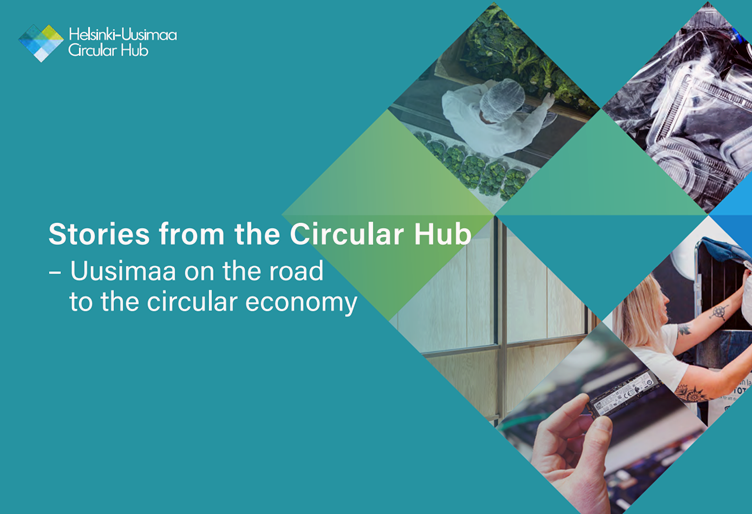 News
News
26.6.2025
Stories from the Circular Hub – Helsinki-Uusimaa on the road to circular economy
More and more sectors are now furthering a transition to circular economy. The Helsinki-Uusimaa Circular Hub was an import cooperation platform for circular economy solutions in the Helsinki-Uusimaa Region, founded in 2023. Highlights from the first project years of the Circular Hub have now been put together in the publication Stories from the Circular Hub, raising both the updates of the sectors and the actors of the regional Hub.
This page was last updated: 22.4.2025
